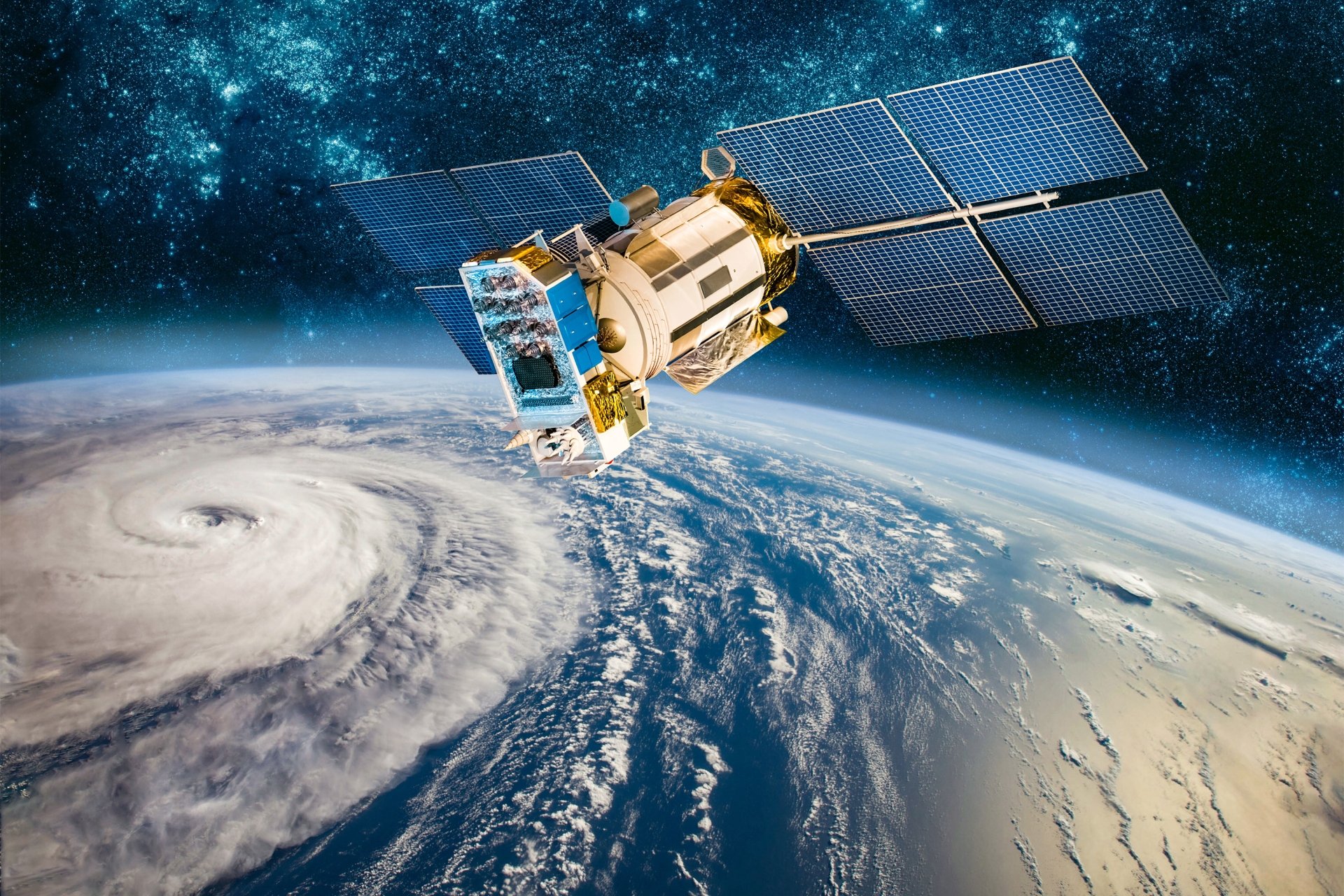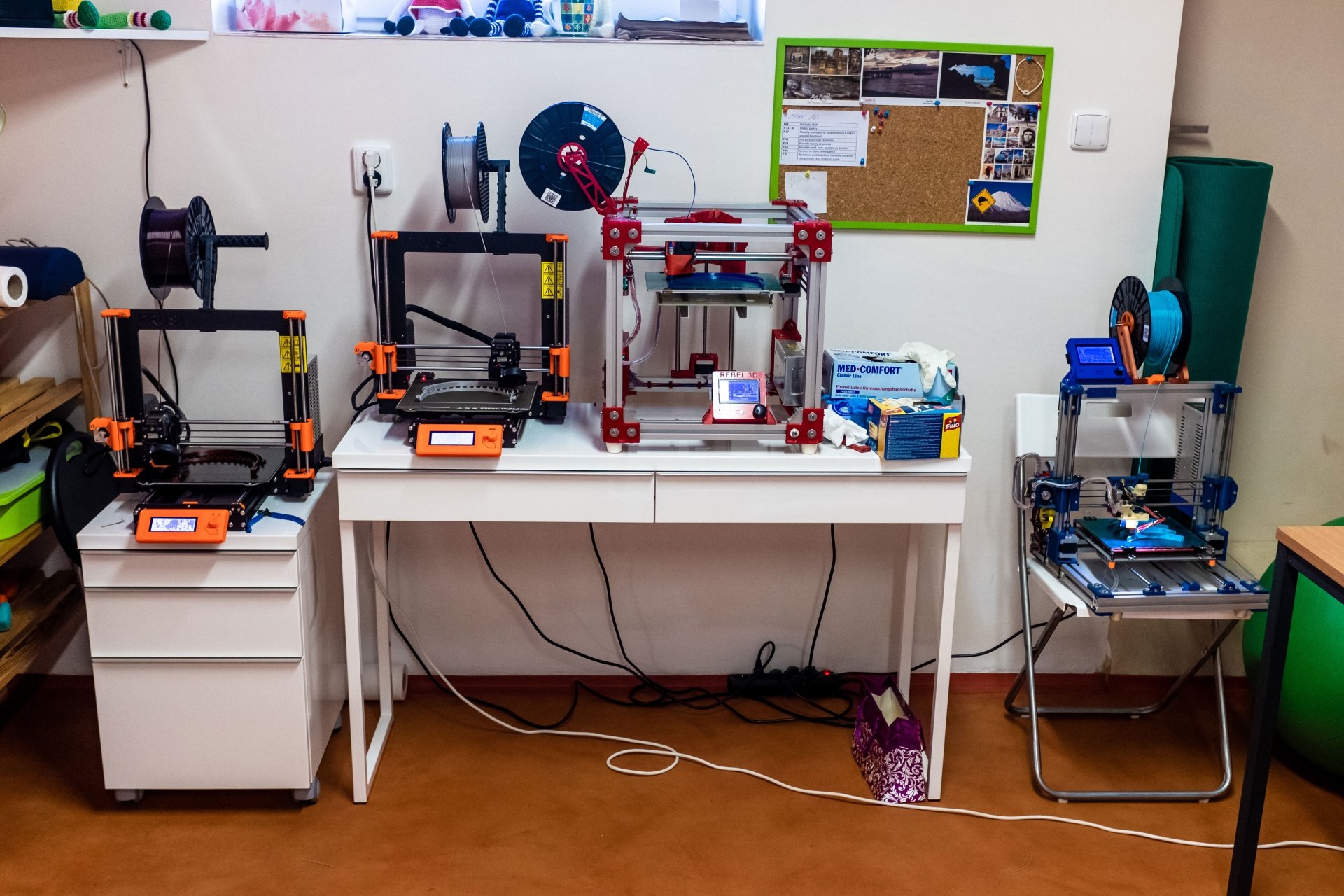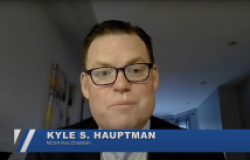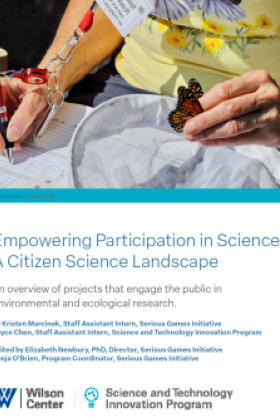Critical Challenge for the U.S. | Maintaining Our Technological Advantages
Harnessing global technology talent in the United States has historically been our superpower. According to the World Bank, since World War II, more than two-thirds of Nobel Prizes have been awarded to academics associated with U.S. institutions, only half of whom were born in the U.S. American universities still attract the top scientists and engineers, but today we struggle to grow that pool and keep it here. Meanwhile, over the last two decades, China has produced more science and engineering PhD graduates and Georgetown University expects that gap to be 40,000 in the next few years absent change. Recharging policy efforts to increase the number of people building innovative, secure, reliable, and competitive technology products and services at home and abroad—especially on geostrategically important technologies, including semiconductors and artificial intelligence, is urgent. Today, American industry recruitment around the world is limited by the number of H1B visas available—less than 100,000 annually—while other countries are stepping in the void to offer attractive entry programs with short wait times. The U.S., together with its allies, must identify new, creative ways to improve the talent and skills pipeline and bring industry experts to government, especially as short-term advisors when needed. Technology ecosystems are deeply interconnected across state borders and no single country, not even the U.S., can afford to go it alone. Failure to act now will mean that adversaries may enable the next series of critical innovations and set them on a trajectory that cannot easily be disrupted.
Three Things to Watch























